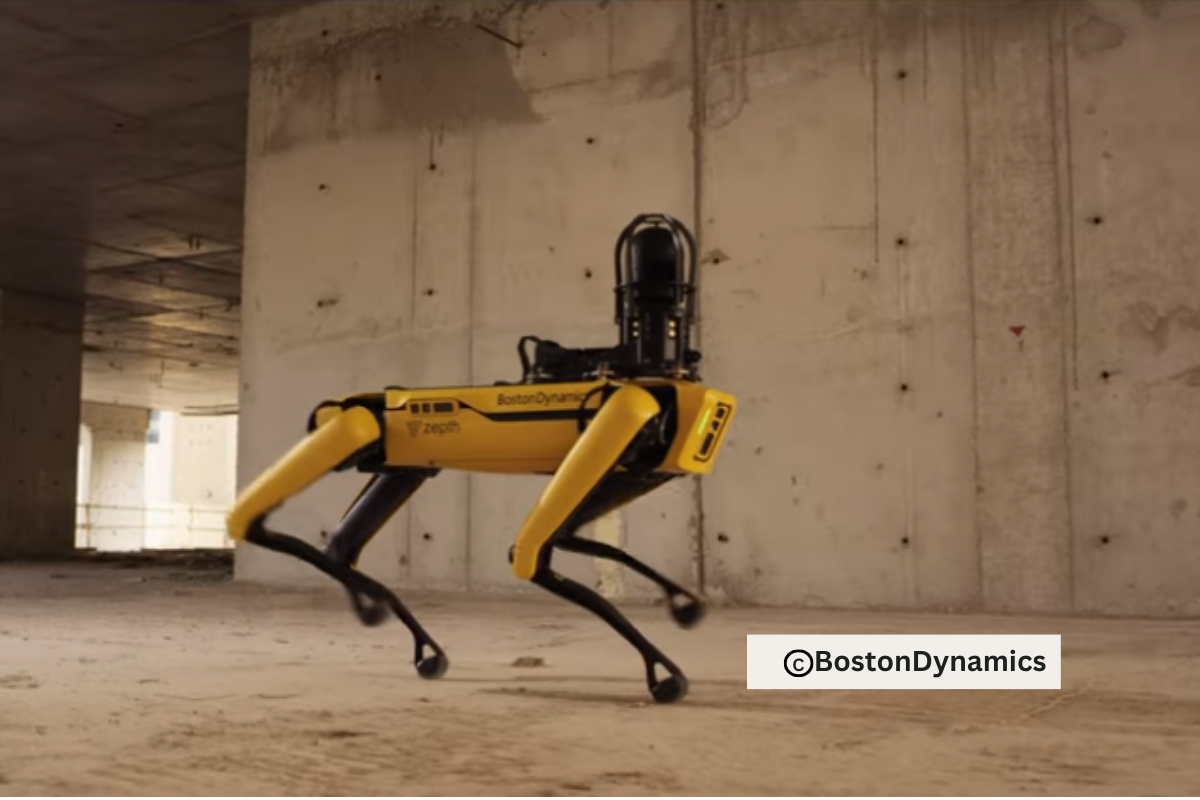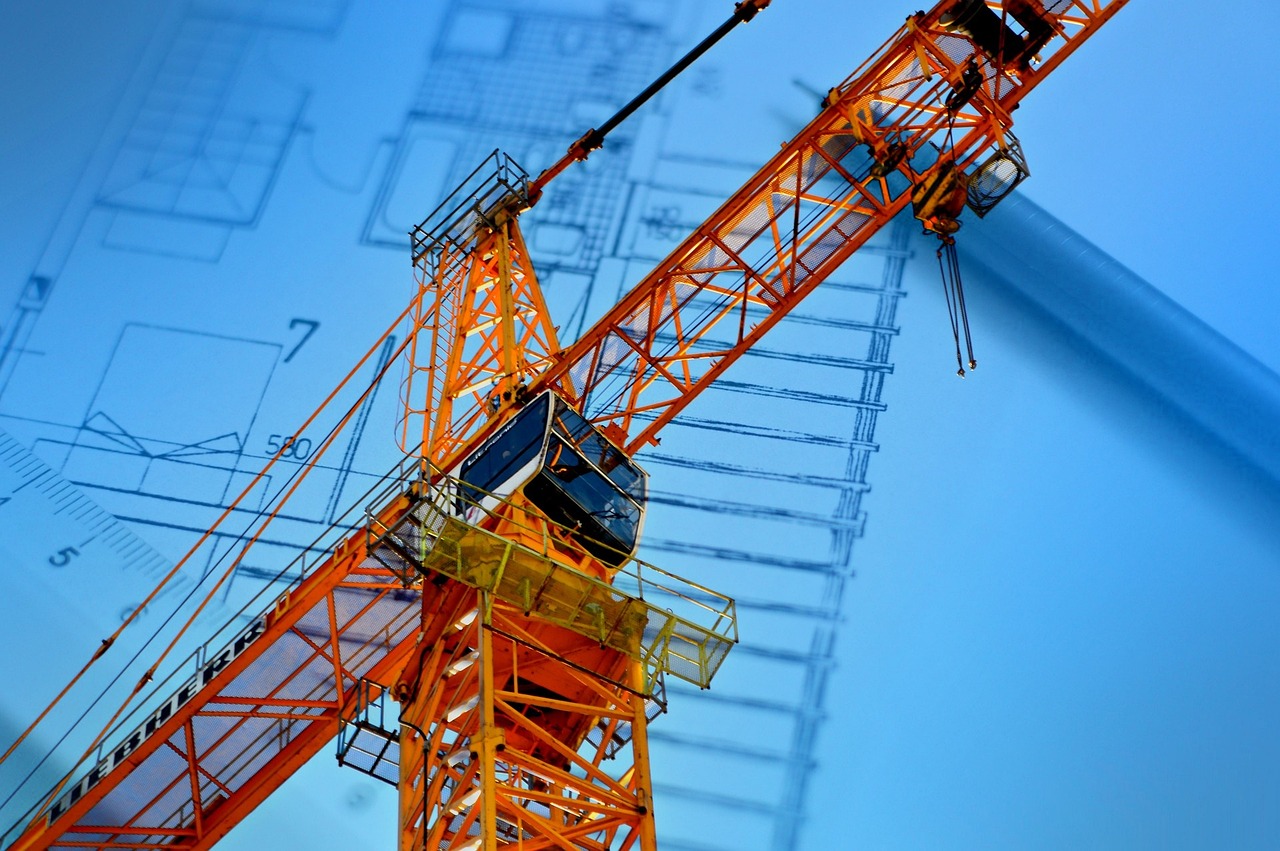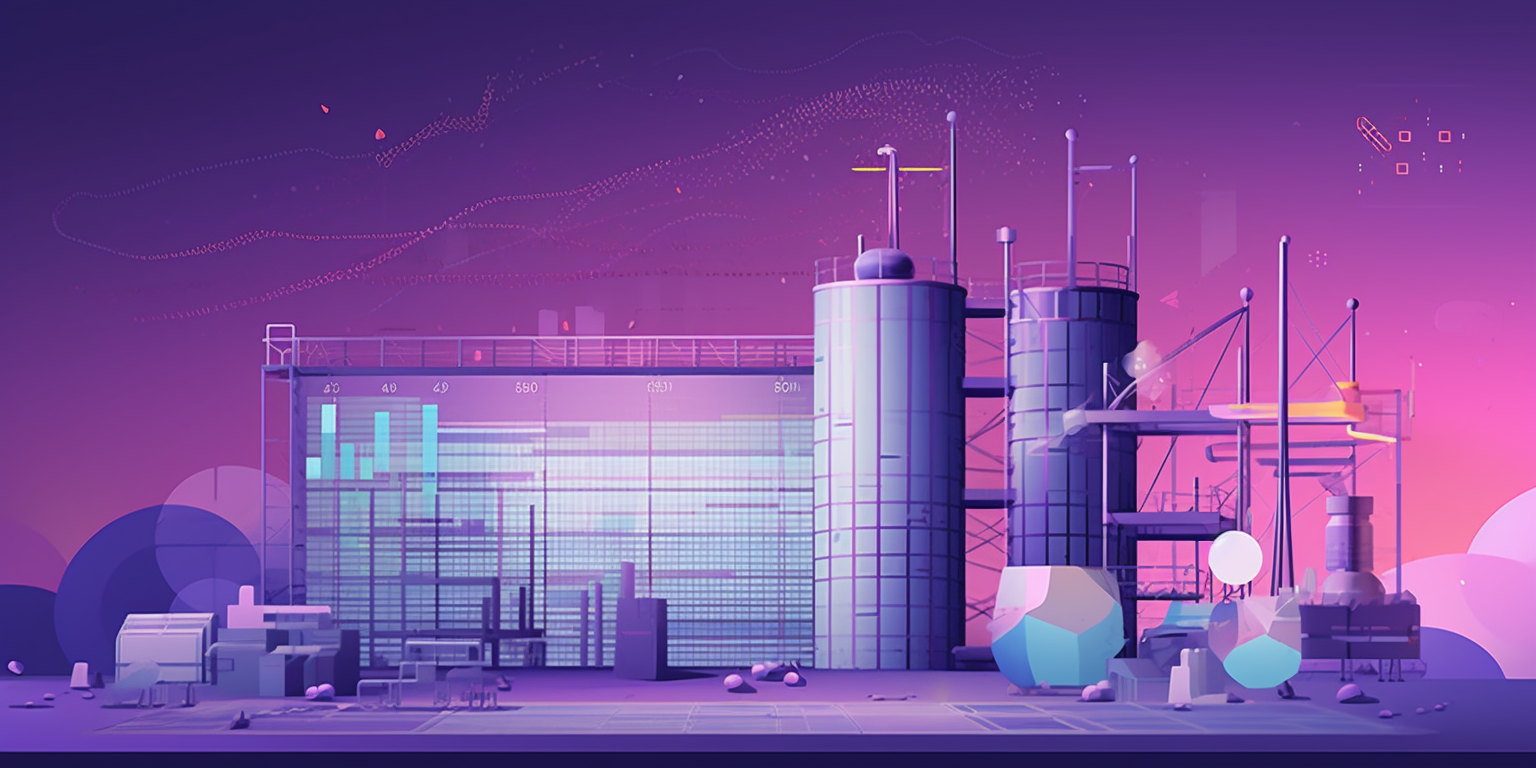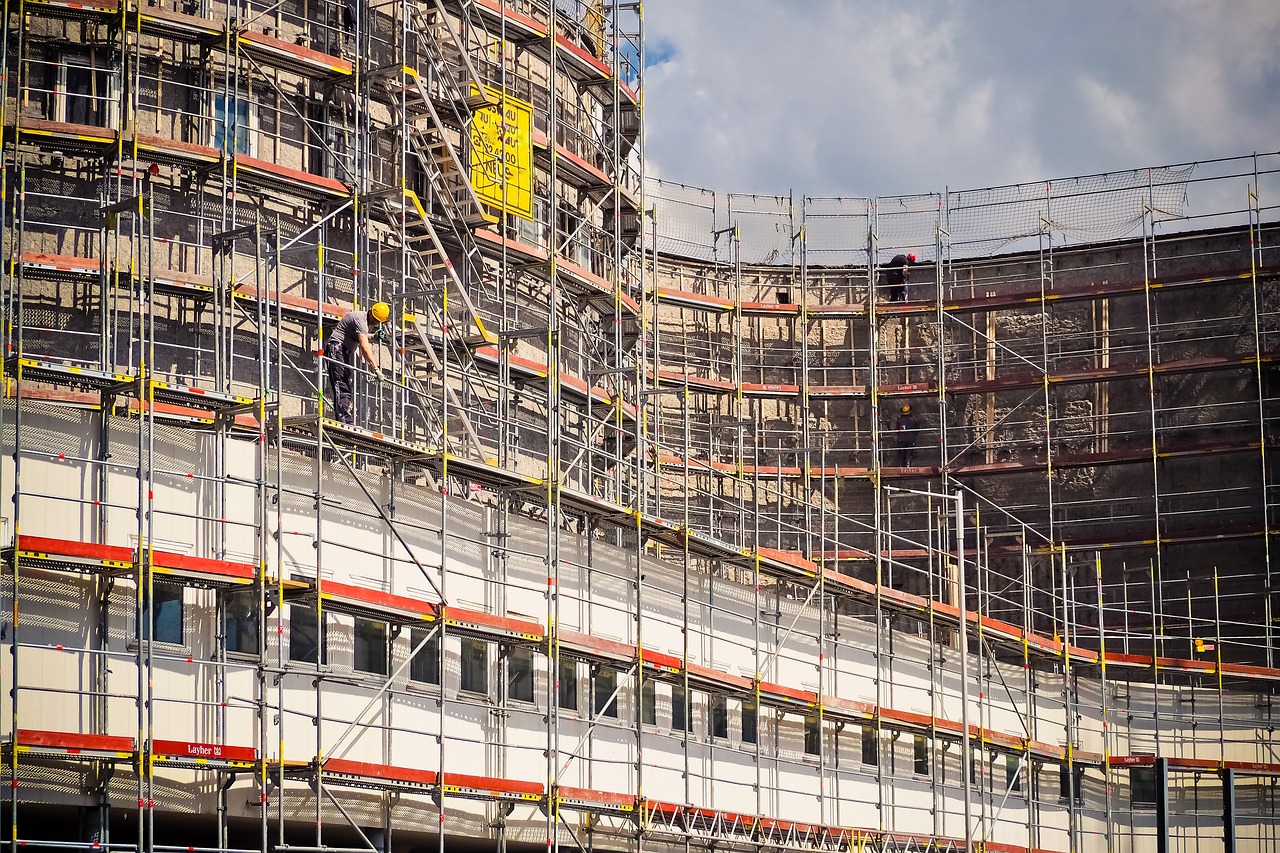The construction sector, which is frequently cited as one of the pillars of human growth, has entered a new phase of technological change. Modern building tools and robotic arms, which are transforming the way we create, design, and change the environment around us, are the driving forces behind this transformation.
These innovative technologies are changing the entire basis of construction methods in this age of innovation, where accuracy, efficiency, and sustainability are crucial.
Robotics’ introduction into the construction industry is a significant advancement that promises to boost output while also improving safety, reducing environmental impact, and overcoming obstacles that were once intractable.
Clearer understanding of modern construction machinery and robotics will shed light on the numerous ways these technologies are changing the construction scene, from autonomous heavy machines capable of delicate jobs to robotic arms that can construct, assemble, and weld with incredible precision.
The Rise of Robotics in Construction :
Construction sites are usually a busy environment that calls for precision, efficiency, and safety. These demands are frequently not addressed by conventional approaches, which results in cost overruns and delays. In this situation, robotics can be a game-changer.
Construction sites benefit from robotics’ automation, accuracy, and increased productivity, which improves project results.
Robotic arms, once confined to manufacturing floors, have found their way into construction sites.These customizable arms can now complete jobs that used to be time- and labour-consuming. Robotic arms do these tasks with unparalleled precision, including heavy lifting and welding as well as pouring concrete and placing bricks. They improve worker safety and lower the likelihood of accidents by minimising human involvement in dangerous jobs.
Expanding Horizons with Construction Management Software :
Construction management tools enhance robotic arms’ capabilities by streamlining the overall project management procedure while revolutionising on-site jobs. As a digital nerve centre, modern construction management software integrates project planning, scheduling, budgeting, and resource allocation.
Decision-making and project coordination are improved by the software’s seamless simplification of these components.Additionally, construction management tools serve as a link between the actual world and the digital world.
The app may be given real-time data from robotic arms and other equipment, giving insights into progress, resource use, and potential bottlenecks. This data-driven methodology equips project managers to take timely, well-informed decisions that minimise disruptions and maximise resource use.
Robotic Arms: New Applications :
Robotic arm development has led to cutting-edge uses that go beyond customary construction methods. 3D printing of structures is one such application. Robotic arms with specific nozzles can layer building materials one layer at a time to create intricate designs. This method not only speeds up construction but also permits architects to experiment with unusual geometries that were previously challenging to realize.
Robotic arms are also excellent at fine-tuning tasks. Their accuracy and reproducibility guarantee flawless results, whether they are sculpting decorative facades or installing tiles precisely.
This improved accuracy also applies to excavation and tunnelling, where robotic arms may manoeuvre through confined spaces with little chance of causing structural damage.
Revolutionising Jobsite Management :
The application of robotics to jobsite management offers unprecedented opportunities. Robotic arms and construction management software work together to provide a complete ecosystem.
Project schedules and resource allocation diagrams can be overlaid with real-time data from robotic activities. Project predictability and risk management are improved by this synergy.
Robotics also supports the ideas of lean construction. Robotic arms support the principles of effective construction methods by streamlining workflows, reducing waste, and improving resource usage. In turn, construction management tools offer a platform for continuously monitoring and improving these processes.
In conclusion, as construction embraces the digital era, the incorporation of cutting-edge construction tools and robotic arms ushers in a new era of possibilities. Together, robotics and construction management software can lead to changes in safety, accuracy in execution, faster management, and data-driven decision-making, which all contribute to better project outcomes.
Robotic arms have a wide range of applications that go well beyond conventional methods and offer novel solutions to problems that have existed for a very long time. Once these robotic applications are included into construction management tools, they become essential to the project’s success. This dynamic link enables a future where construction is not just precise and effective but also safer and more creative.
Robotics becomes an important factor in the larger narrative of construction’s progress, changing the rules and extending the possibilities. As we continue on this exciting journey, one thing is certain: the union of robotics and construction management software has opened up a world of options and will continue to have an impact on the industry for years to come.




